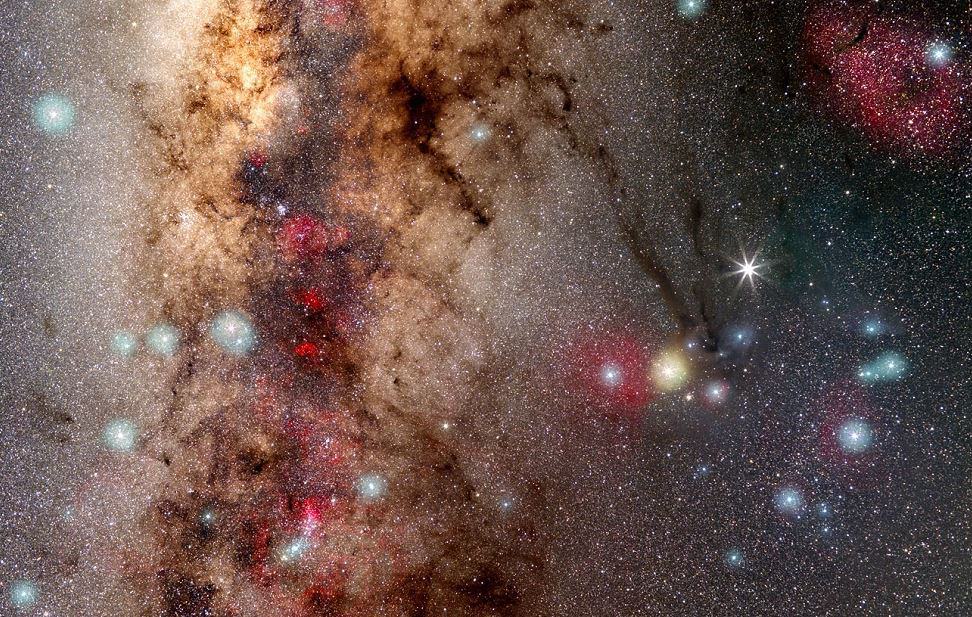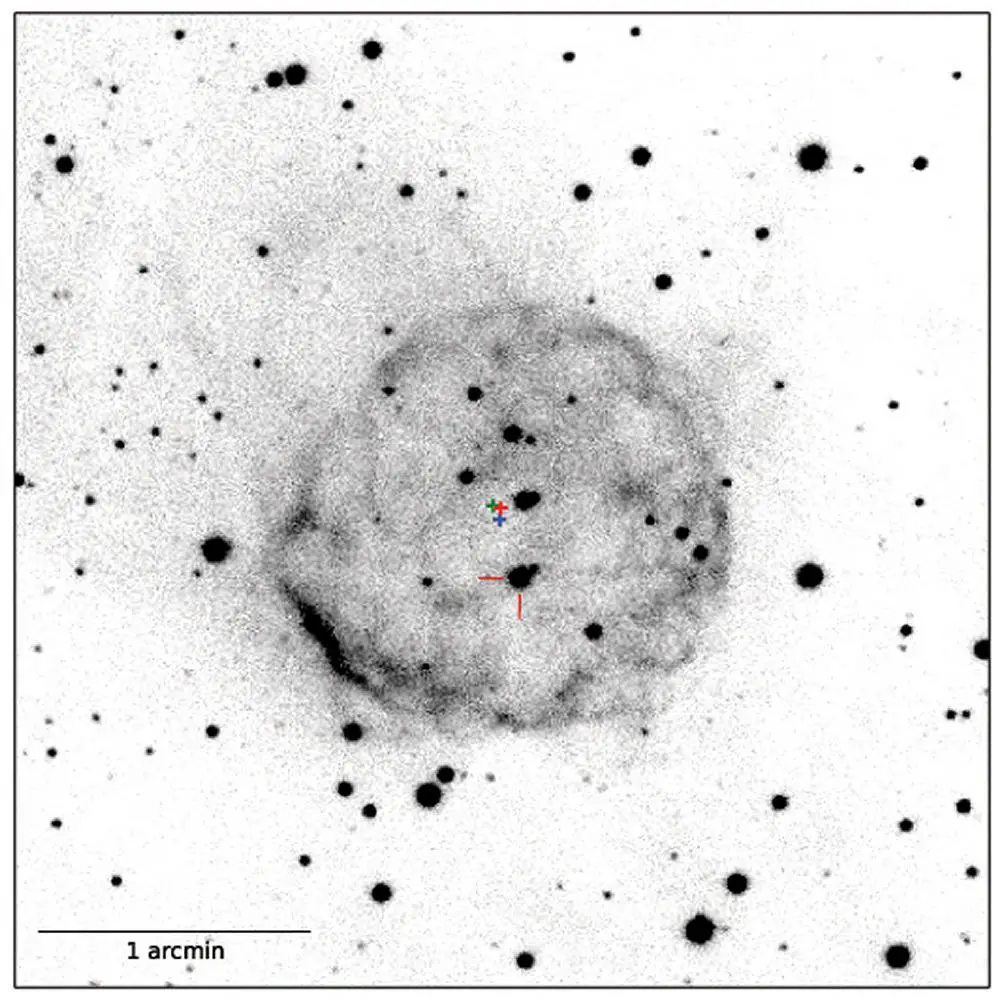600 years after Royal Imperial Korean astronomers witnessed an incredible astronomical event, experts have managed to track down a mysterious star explosion that was visible for 14 days before fading from view. On March 11, 1437, Korean royal astronomers witnessed something unprecedented in the sky—a phenomenon that looked like the appearance of a new star in our galaxy.
Some 600 years after that, modern scientists have discovered it was a white dwarf exploding, producing a classical nova.

The star that exploded was literally over fed, after the super-dense dead star’s gravity fed off of nearly stellar companions until reaching a critical point, and it exploded. This made the even shine 300,000 BRIGHTER than our sun.
This incredible cosmic event was witnessed and recorded by Korean Royal Imperial astronomers who observed it in the tail of the constellation Scorpius. The cosmic event was visible in the sky for two weeks after it faded from view. The discovery, published in the Journal Nature marks the end of a search for the mysterious comic event led by US and British astronomers and historians.

The 1437 Nova and its ejected shell, spotted in 2016.
(K. Ilkiewicz, J. Mikolajewska and M.M. Shara/Nature 2017)
The study was lead by Dr. Michael Shara, from the American Museum of Natural History in New York City. Speaking about the cosmic event and the discover Dr. Shara said:
“This is one of the very first novae that’s ever been recovered with certainty based on the Chinese, Korean, and Japanese records of almost 2,500 years ago.”
One plate—taken at the Harvard Observatory station in Peru in 1923, provided the final piece of evidence for that was needed for astronomers to identify the binary system.
“With this plate, we managed to figure out how much the star has moved in the century since the image was taken,” Shara said. “Then what we did was traced it back six centuries, and bingo, it was right there, right at the center of our cosmic shell. That’s the clock, that’s what convinced us that it had to be right.”

This series of photographic plates spanning six weeks in 1942 shows the
old nova of 1437 A.D. undergoing a dwarf nova eruption.
Image Credit: Harvard DASCH
“In the same way that an egg, a caterpillar, a pupa, and a butterfly are all life stages of the same organism, we now possess strong evidence that supports the idea that these binary stars are all the same thing seen in different phases of their lives,” Shara said. “The real challenge here is understanding the evolution of these systems is that unlike watching the egg transform into the eventual butterfly, which can happen in just a month, the life-cycle of a nova is hundreds of thousands of years. We simply haven’t been around long enough to see a single complete cycle. The breakthrough was being able to reconcile the 580-year-old Korean recording of this event to the dwarf nova and Nova shell that we see in the sky today.”
Source: Eurekalert, Korea Astronomy Olympiad
